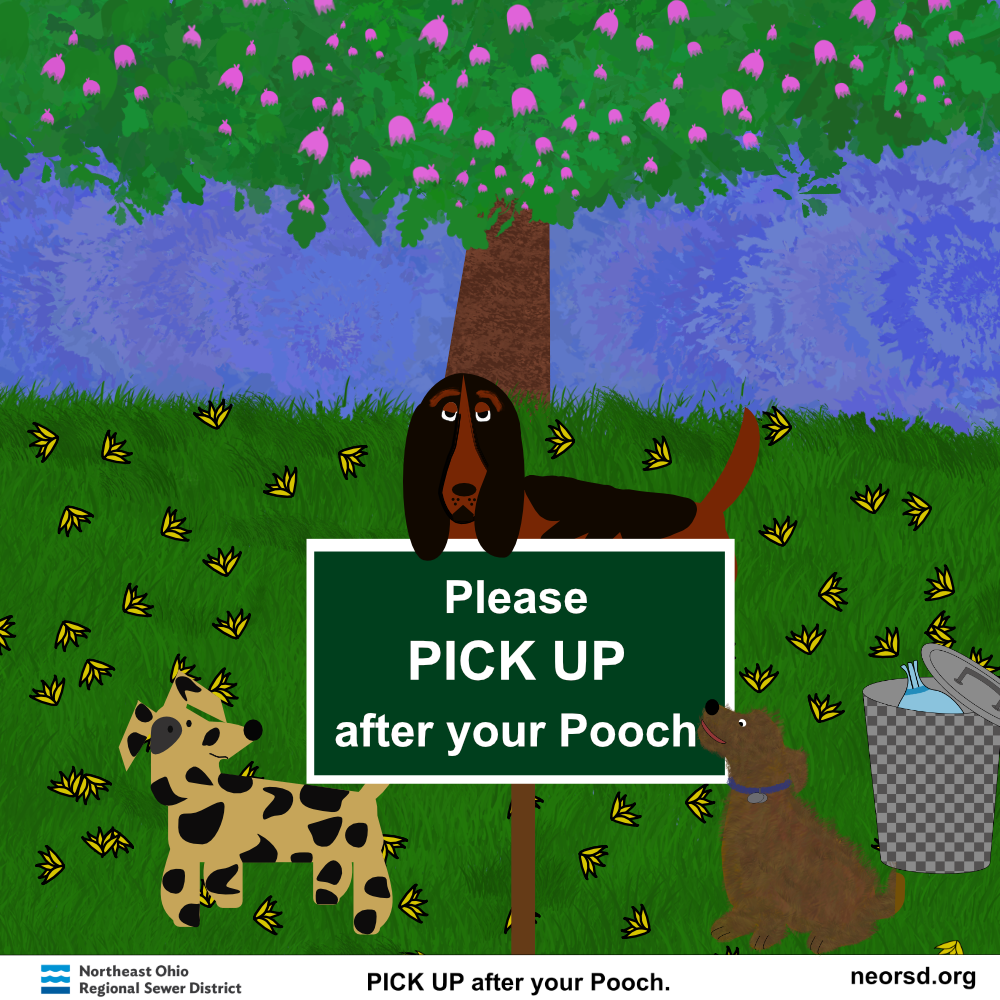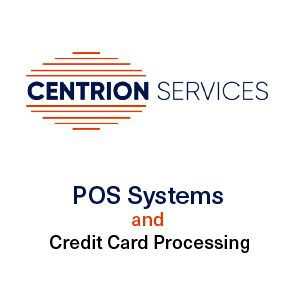What Is Microlearning?
Imagine you’ve got five minutes before class. You’re waiting for the bus, just scrolling TikTok, as usual. What if those five minutes could help you prep for an interview, pick up Spanish basics, or finally get that chemistry concept? That’s microlearning. And it’s reshaping how we learn, live, and grow.
Why Microlearning Works When Focus Is in Short Supply
Let’s be honest. Your brain’s getting pulled in every direction—DMs, group chats, study deadlines, and everything else in between. Shorter attention spans aren’t the issue. The issue is how we’re trying to learn. Microlearning meets that challenge head-on: three- to seven-minute bursts of ultra-focused content designed to stick.
A 2022 study found that students using microlearning retained 22 percent more information than those using traditional methods. That’s not a small upgrade—it’s a total rethink.
“Microlearning doesn’t just make learning faster—it makes it stickier.”
—Dr. Allison Wright, Cognitive Science Researcher, Stanford
From All-Nighters to Micro-Moments
You know the drill: cramming at 2 a.m., hoping it all magically stays in your head. It doesn’t. Why? Because your brain isn’t built for overload—it’s built for timing and spacing.
Microlearning delivers just the right dose at just the right moment:
– One-minute explainers
– Bite-sized quizzes
– Flash cards you can flip on the bus
Think less cramming, more connecting.
Quick Hit: Try apps like Duolingo, Khan Academy, or Blinkist for five-minute knowledge snacks.
Learning That Fits Your Life, Not the Other Way Around
This is the game-changer: microlearning is mobile, flexible, and pressure-free. It fits between shifts, classes, chores—even doomscrolling sessions.
According to LinkedIn Learning, 58 percent of Gen Zers prefer short-form learning that they can do on their phones. This isn’t a trend. It’s a new baseline.
Quick Hit: Block five minutes a day for microlearning—between classes, during chores, or before bed.
Build Skills Now, Not Someday
Employers like Google and IBM use microlearning to upskill their teams—fast. And platforms like Coursera, edX, and Skillshare let you earn real certifications, one micro-course at a time.
“Microlearning empowers learners to build real-world skills on their terms.”
—Justin Nguyen, Declassified College Podcast
Quick Hit: Start with micro-courses in Excel, public speaking, or time management—skills that stack up fast and matter everywhere.
Even Your Mental Health Can Benefit
Learning isn’t just academic. Apps like Headspace and Calm offer three- to five-minute sessions to help you reset, reflect, or just breathe.
Mental clarity is a skill, too, and microlearning gives you the tools to build it, bit by bit.
Quick Hit: Add a five-minute mindfulness or journaling block to your daily routine. Watch what it does to your focus and stress levels.
Bottom Line: Microlearning Gives You Your Time Back
You don’t need an hour. You just need a moment—and a method.
Microlearning makes learning personal again. Small sessions. Real impact. Anytime, anywhere.
So next time you reach for your phone, ask yourself: “What if I used the next five minutes to invest in me?”
Your future self will thank you.
Read more articles related to new education trends and personal development on our Zealousness blog Self-Development & Personal Growth Articles | Professional Development
References
- Giurgiu, L. 2022. “Microlearning: What Is It and How Can It Be Used to Improve Learning?” Education and Information Technologies 27, no. 1.
- Google Training & Development Report. 2023.
- Headspace Research Team. 2023. “Impact of Micro-Meditations on Mental Clarity.”
- LinkedIn Learning. 2023. Workplace Learning Report. Retrieved from https://learning.linkedin.com.
- Nguyen, J. 2024. Declassified College podcast. Episode 115: “Skills Before Degrees.”
- Stanford Center for Cognitive Science. 2022. Interview with Dr. Allison Wright.











